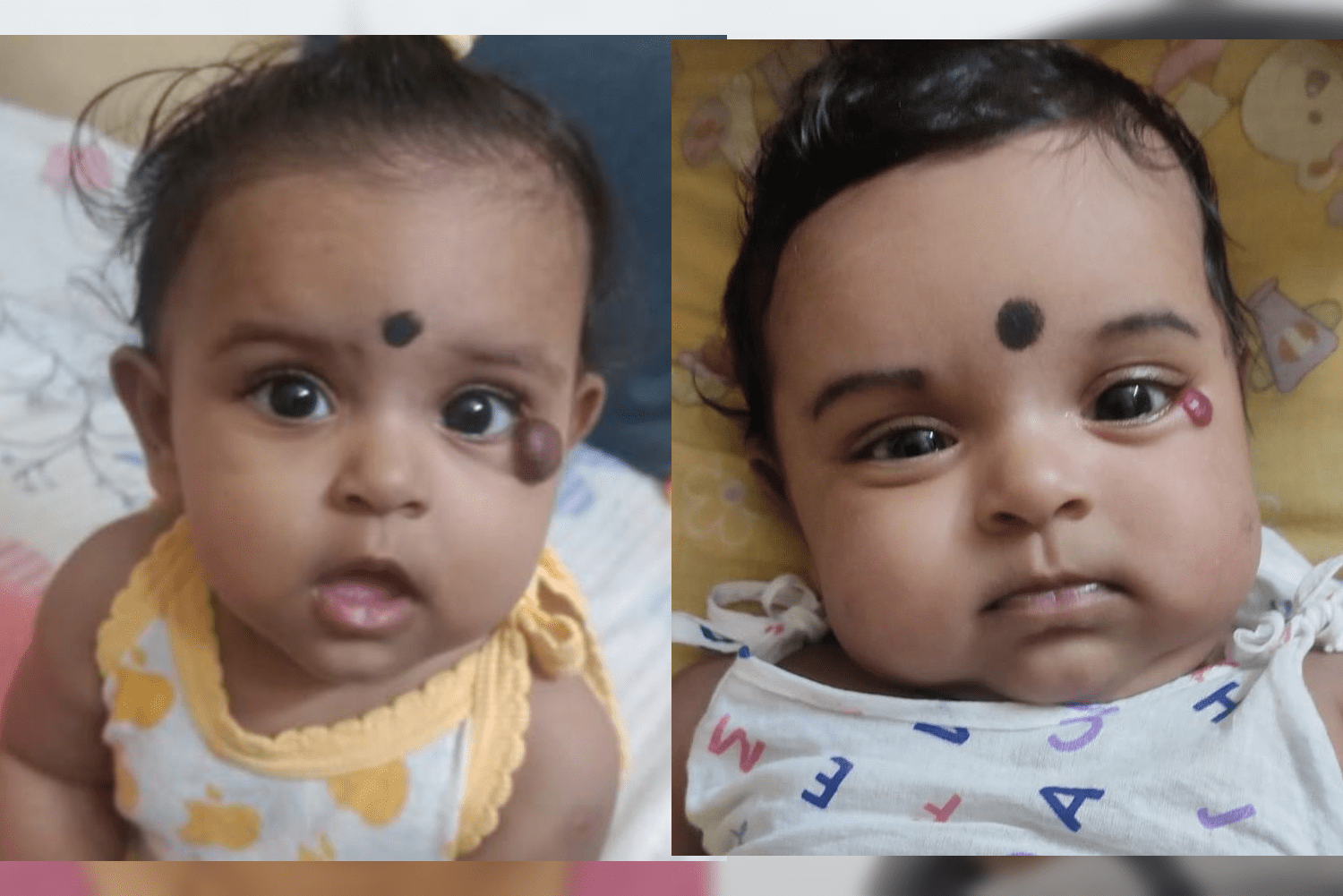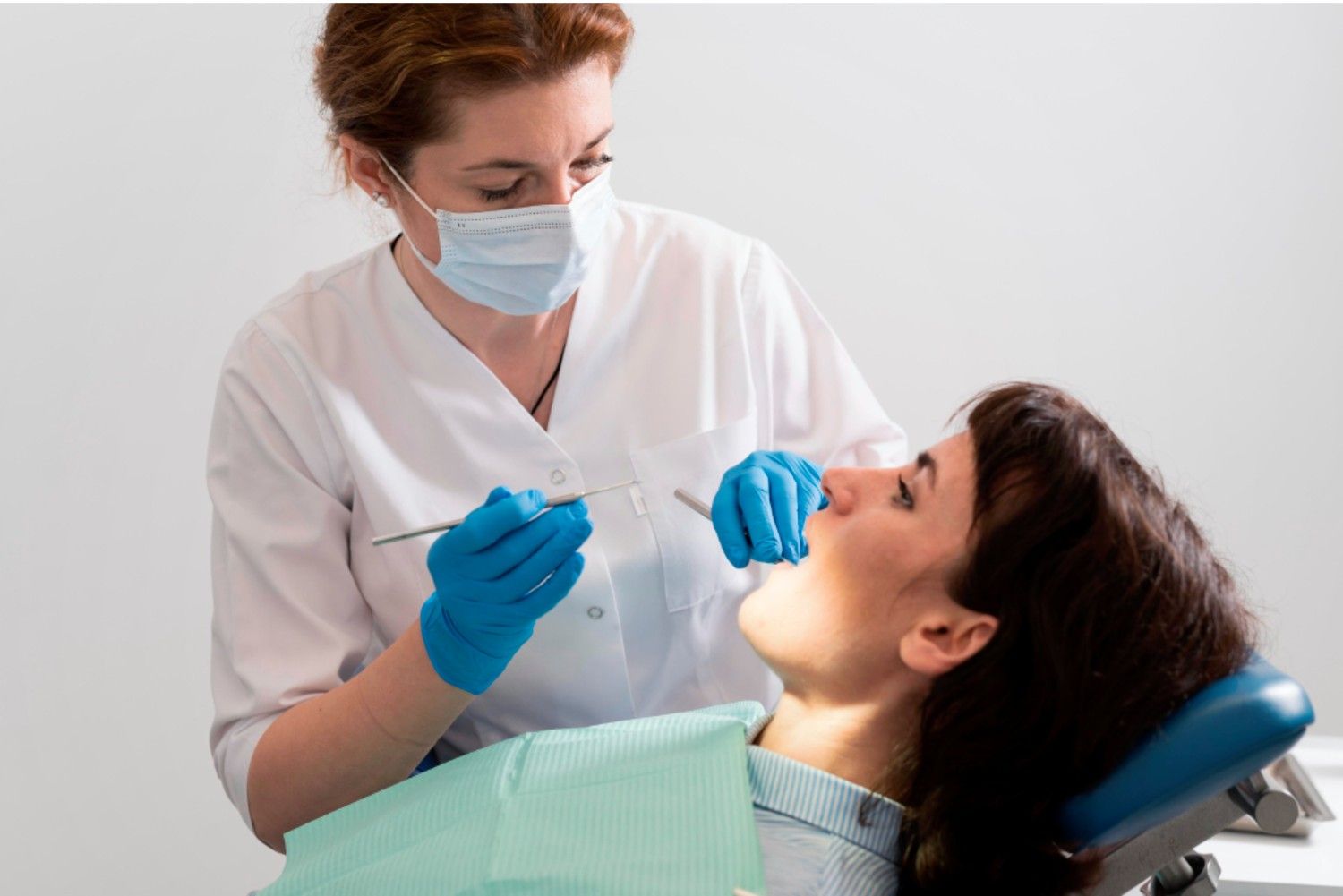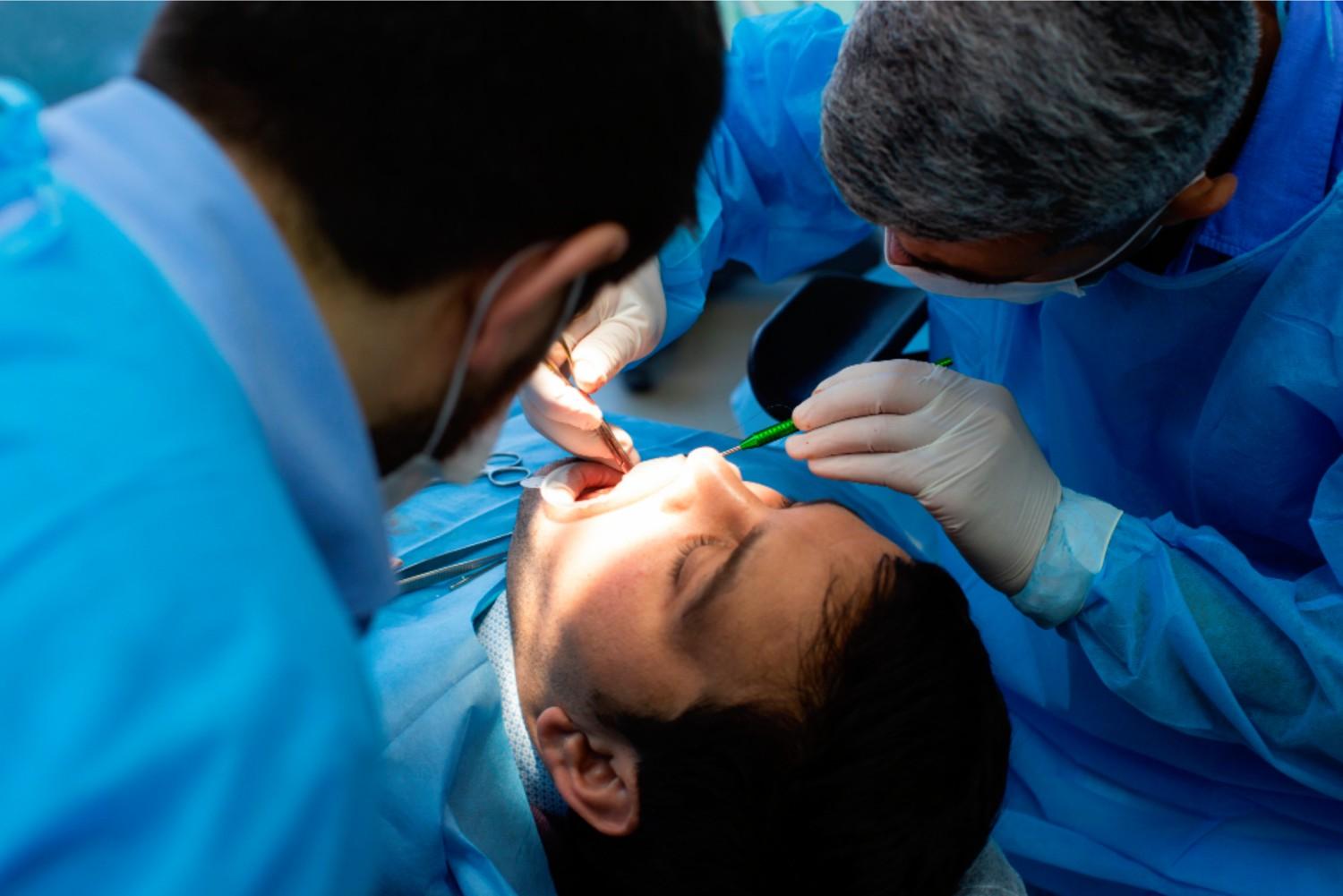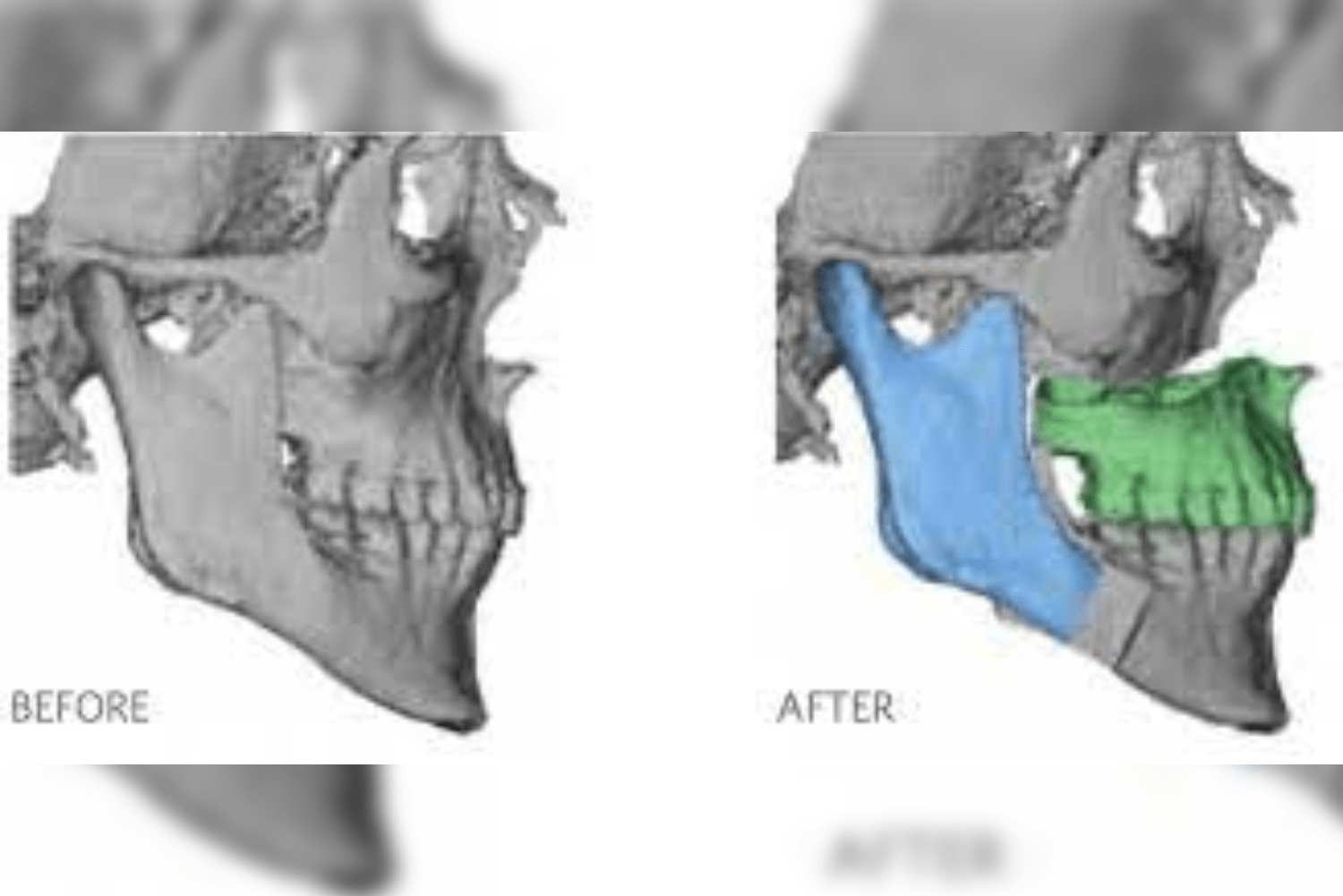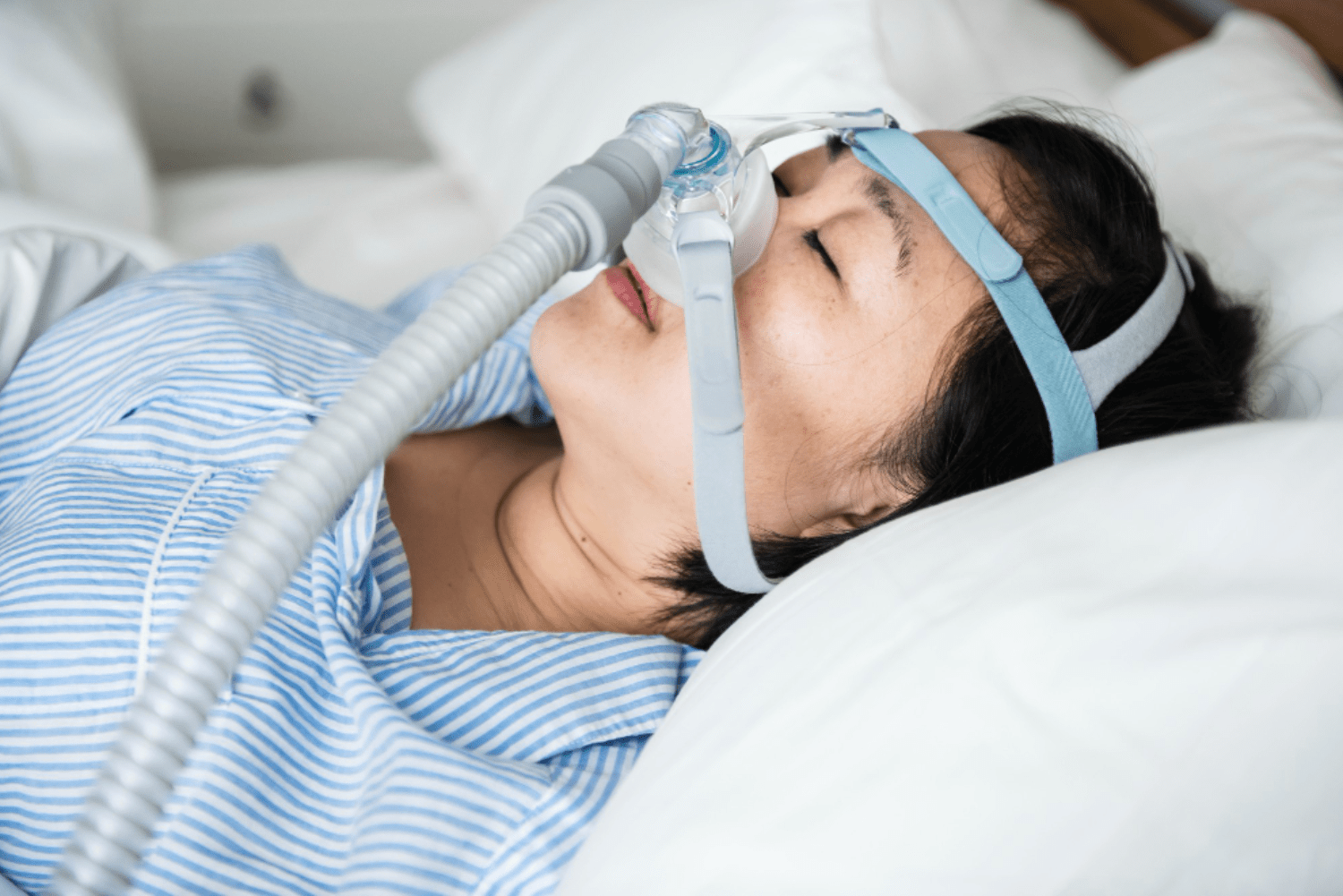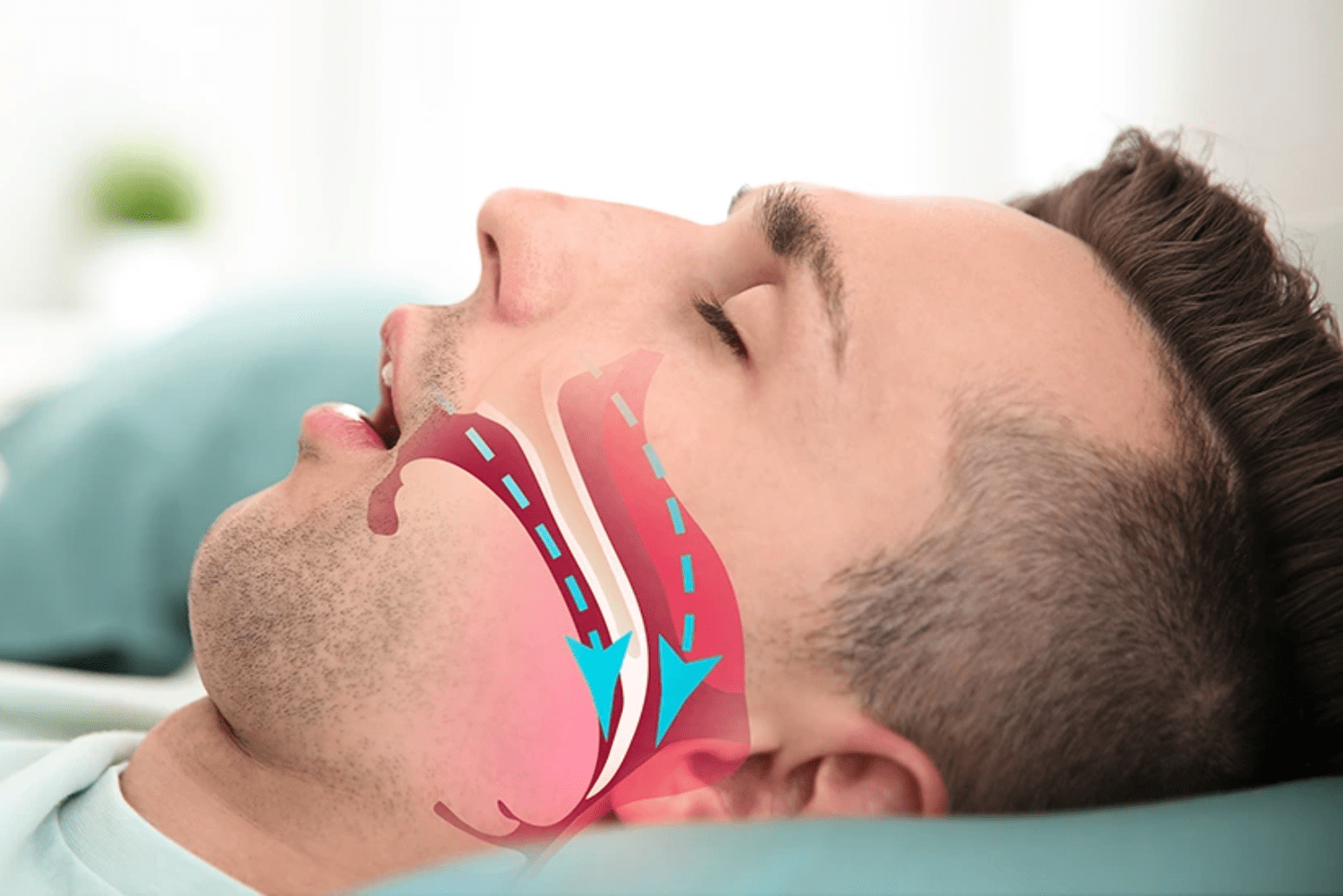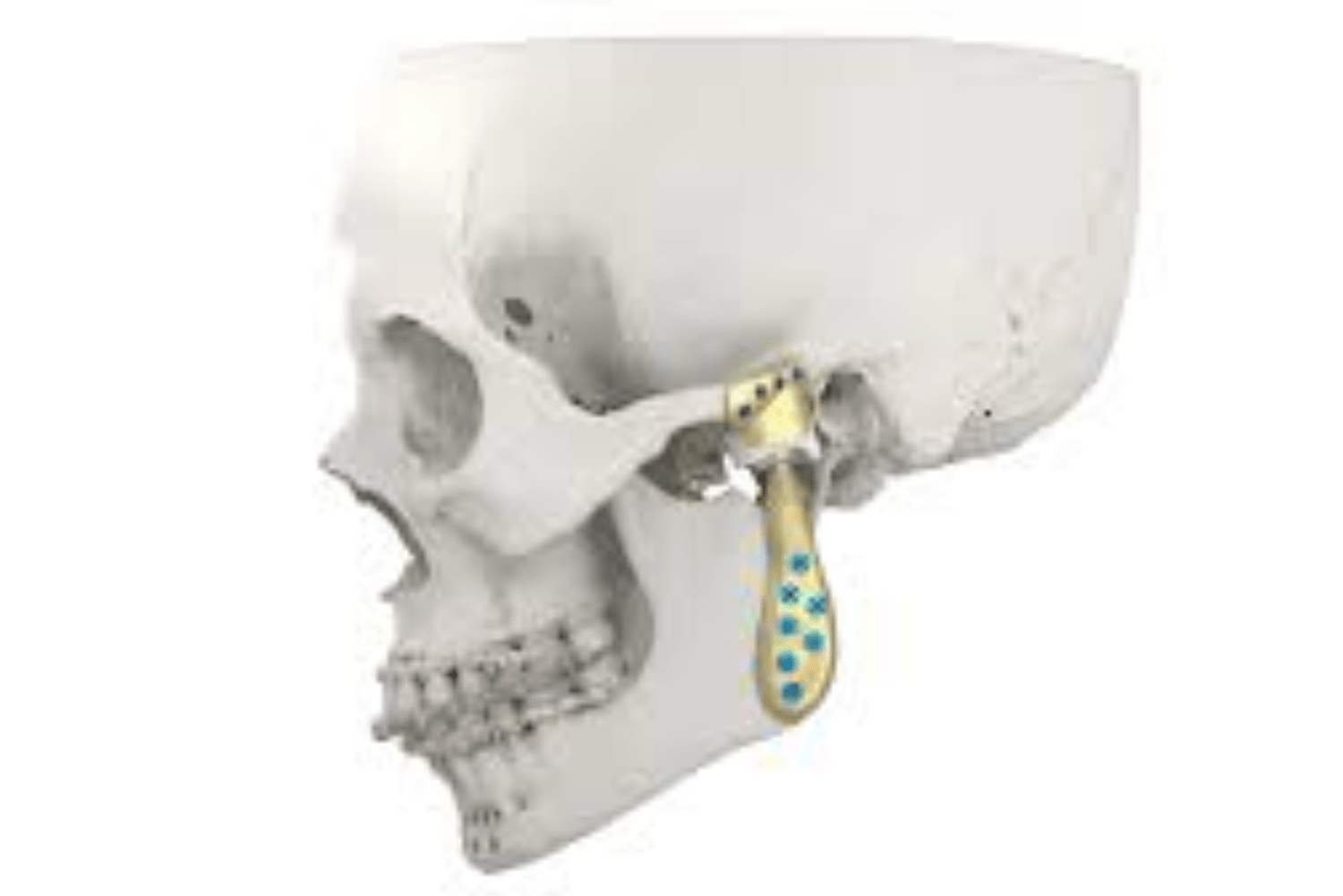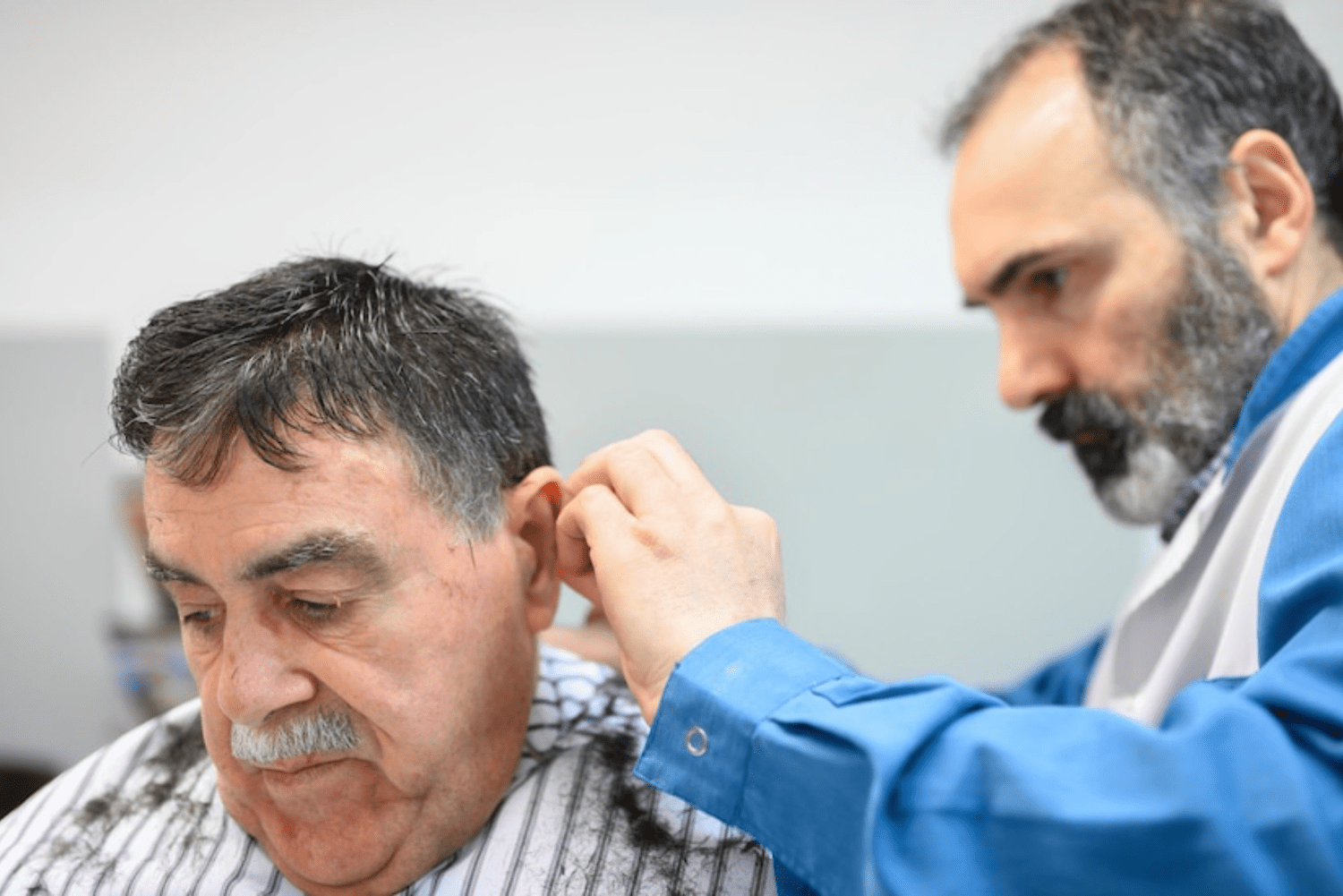Haemangiomas are non-cancerous tumours that are formed due to the abnormal buildup of blood vessels. They are the most common vascular and endothelial anomaly found in infants and children. Hemangioma can develop anywhere in the body, but it is particularly concerning and alarming when it appears on the face due to aesthetic, functional, and psychological implications. For such cases, seeking the best Haemangiomas treatment in Bangalore at Richardsons ensures timely diagnosis, expert care, and optimal results.
What is a Haemangioma?
The best Haemangiomas treatment in Bangalore at Richardsons offers timely and expert care for this common vascular birthmark that typically appears within the first few weeks of birth. Hemangiomas follow a characteristic growth and involution pattern.
There are three main types of Hemangioma:
-
Superficial haemangioma, also known as capillary Haemangioma – they appear bright red and are located on the surface of the skin.
-
Deep haemangioma – these lie beneath the skin in the subcutaneous tissue and appear bluish or skin-coloured.
-
Mixed haemangioma – they involve both superficial and deep layers.
Facial haemangiomas are particularly concerning as they can affect vital areas such as the lips, nose, eyelids, and cheeks, potentially interfering with breathing, vision, eating, and facial development. Early intervention through the best Haemangiomas treatment in Bangalore ensures both functional preservation and aesthetic outcomes.
Pediatric Expertise in the Best Haemangiomas Treatment in Bangalore
Case Insights
Here are pictures showing how a haemangioma developed on a baby. It appeared as a small red mole near the eyes at birth, but as the child grew over the months, it rapidly increased in size. It was only after 3.5 months that the parents decided to seek help and approached us for the best Haemangiomas treatment in Bangalore. Due to the aggressive nature of the growth, surgical excision was planned. If treated conservatively, it could have led to further facial deformity and hindered vision. Delaying surgery would have made the removal of the red mass more complex due to increased growth and tissue involvement.
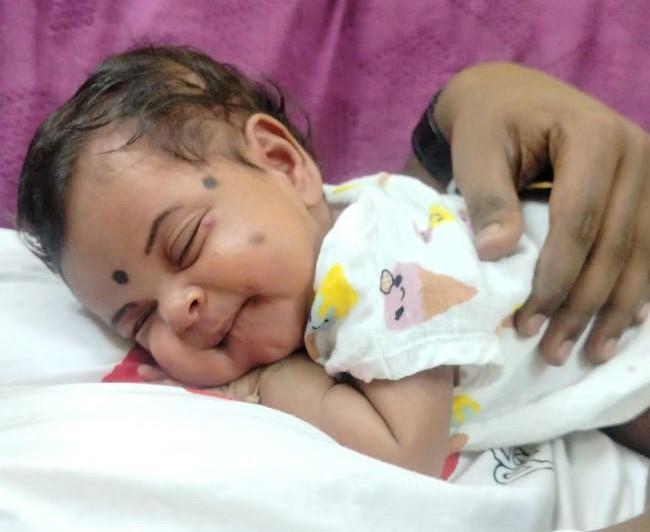




Causes and Risk Factors
The exact cause of Hemangioma is not fully understood, but research suggests it results from a combination of genetic and environmental factors affecting blood vessel formation. Seeking the best haemangioma treatment in Bangalore is essential for early diagnosis and proper management, especially in high-risk cases.
Some known risk factors include:
-
Female sex – girls are 3 to 5 times more likely to have a Hemangioma than boys.
-
Premature birth – premature infants have a higher incidence of Hemangioma, as their blood vessels are not fully developed.
-
Low birth weight – babies born under 2.5 kg are more likely to develop Hemangiomas.
-
Caucasian ethnicity – white infants are more commonly affected compared to those from other ethnic backgrounds.
Clinical Features and Growth Stages
For children with facial vascular anomalies, early diagnosis and access to the best haemangioma treatment in Bangalore can make a significant difference in outcomes. Facial haemangiomas often follow a predictable growth pattern, typically progressing through three stages:
-
Proliferative Phase (0 to 12 months): This is the most rapid growth phase. Haemangiomas start as flat red marks and grow quickly into raised, tumour-like lumps. In deeper haemangiomas, swelling may occur without major skin colour changes.
-
Plateau Phase (12 to 18 months): Growth stabilises. The haemangioma typically doesn’t enlarge further, though slight changes can still happen.
-
Involution Phase (1 to 10 years): The haemangioma gradually shrinks and fades. While many resolve on their own by age 7–10, some may leave residual scars, visible vessels, or skin changes. For those that don’t regress adequately, surgical excision becomes necessary, reinforcing the importance of seeking the best Haemangiomas treatment in Bangalore at the right time.
When is Treatment Necessary?
While many facial haemangiomas are harmless and may resolve on their own, treatment becomes necessary in certain situations. Seeking the best Haemangiomas treatment in Bangalore is important when:
-
Ulceration: The haemangioma can break open and ulcerate, leading to pain, infection, and potential scarring.
-
Impairment of Vital Functions: Lesions near the eyes, nose, or mouth can interfere with vision, breathing, or feeding.
-
Rapid Growth: Aggressively growing haemangiomas may cause lasting facial damage or deformity.
-
Cosmetic Concerns: Prominently located facial haemangiomas can be disfiguring and may require correction.
-
Psychosocial Impact: As children start school and social interactions increase, visible haemangiomas can lead to bullying, social anxiety, and low self-esteem.
Diagnosis
Most haemangiomas are diagnosed based on their appearance and clinical features. However, diagnostic imaging is considered in certain cases, especially in deep and complex haemangiomas. Most common diagnostic tools used are:
-
Ultrasound – helps in determining the depth and vascular nature of the lesion.
-
MRI angiography – useful in mapping the extent and location of the haemangioma and the feeder artery or vessel.
-
CT scan – less commonly used but helpful in identifying specific anatomical areas.
-
Biopsy – rarely needed unless there’s suspicion of malignancy.
Treatment Options
When seeking the best Haemangiomas treatment in Bangalore, it’s important to know all available options:
-
Observation – For small, non-threatening haemangiomas, observation with regular follow-ups is often sufficient.
-
Surgery – Surgical removal is considered when a haemangioma causes significant functional issues or disfigurement. This is typically delayed until the involution phase unless complications arise.
-
Medications
-
Propranolol – First-line treatment since 2008, reducing size and fading the colour.
-
Topical Timolol – Used for superficial haemangiomas with fewer systemic effects.
-
Corticosteroids – Reserved for cases where beta blockers are contraindicated.
-
-
Laser Therapy – Useful for superficial or ulcerated haemangiomas, or residual redness.
-
Supportive Care – For ulcerated lesions, includes antibiotic ointments, pain management, and nutritional support.
Patients looking for the best Haemangiomas treatment in Bangalore often benefit from a multidisciplinary approach involving dermatologists, pediatricians, surgeons, and counsellors.
Emotional and Psychological Impact
Facial haemangiomas, despite being benign, can carry a heavy emotional toll. Children may face teasing or bullying, while parents often feel anxiety and helplessness. Those undergoing the best Haemangiomas treatment in Bangalore often receive comprehensive emotional and psychological support, which includes:
-
Counselling
-
Peer support groups
-
School education plans
-
Early developmental interventions
Prognosis
The prognosis is excellent for most children with haemangiomas. While many regress naturally, early medical attention is key. For complex cases, the best Haemangiomas treatment in Bangalore ensures both functional restoration and cosmetic enhancement through advanced surgery, medications, and follow-up care. Procedures like laser therapy and plastic surgery may be required for residual marks or scars.
Parental Guidance and Tips
-
Monitor regularly; take progress photos.
-
Educate caregivers and school staff.
-
Prepare for medical visits and track medications.
-
Encourage a positive self-image in your child.
These steps are commonly emphasized at centres offering the best treatment, where parents are also empowered with emotional support and guidance throughout the process.
Conclusion
Though facial haemangiomas are benign, their size, location, and growth pattern can influence quality of life. Thanks to medical advancements, most haemangiomas can be effectively managed through surgery, propranolol, and laser therapy. For those seeking the best Haemangiomas treatment in Bangalore, early diagnosis, timely intervention, and holistic care including psychological support greatly improve both medical and emotional outcomes.

